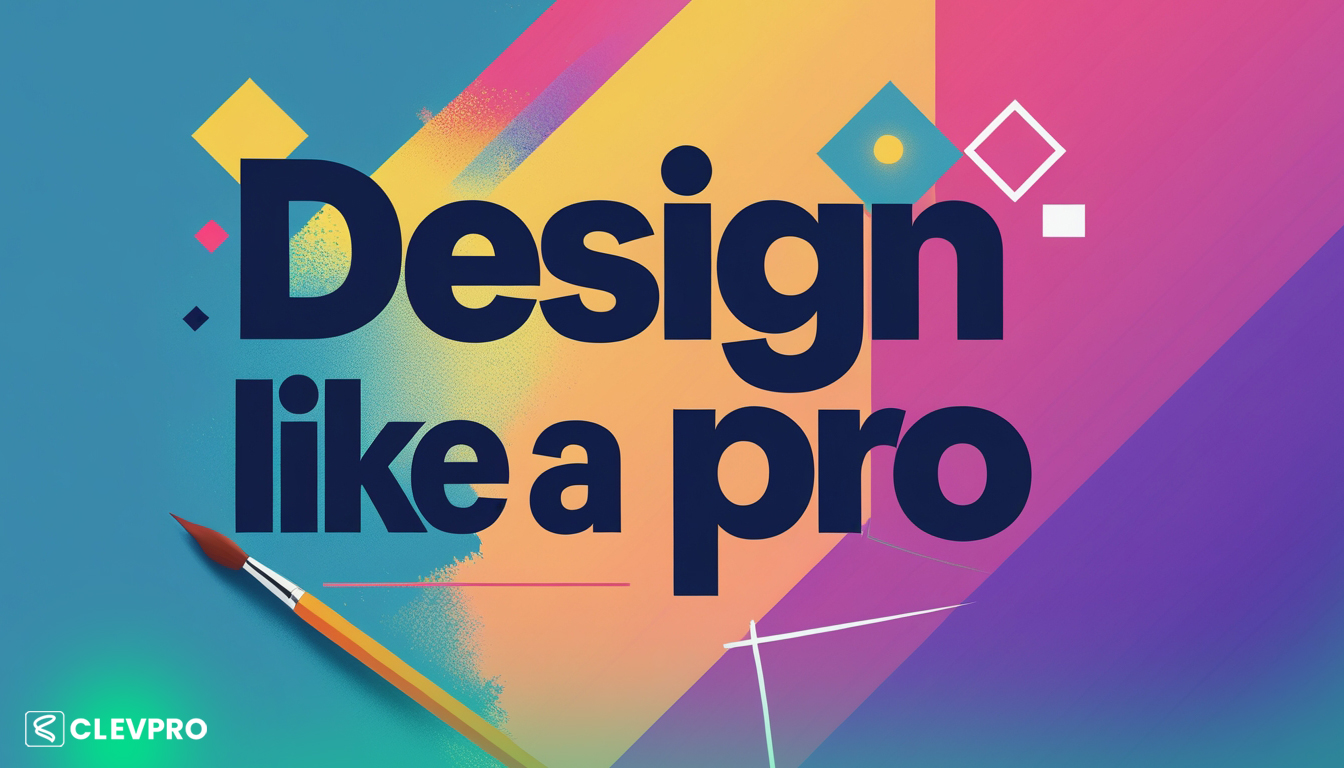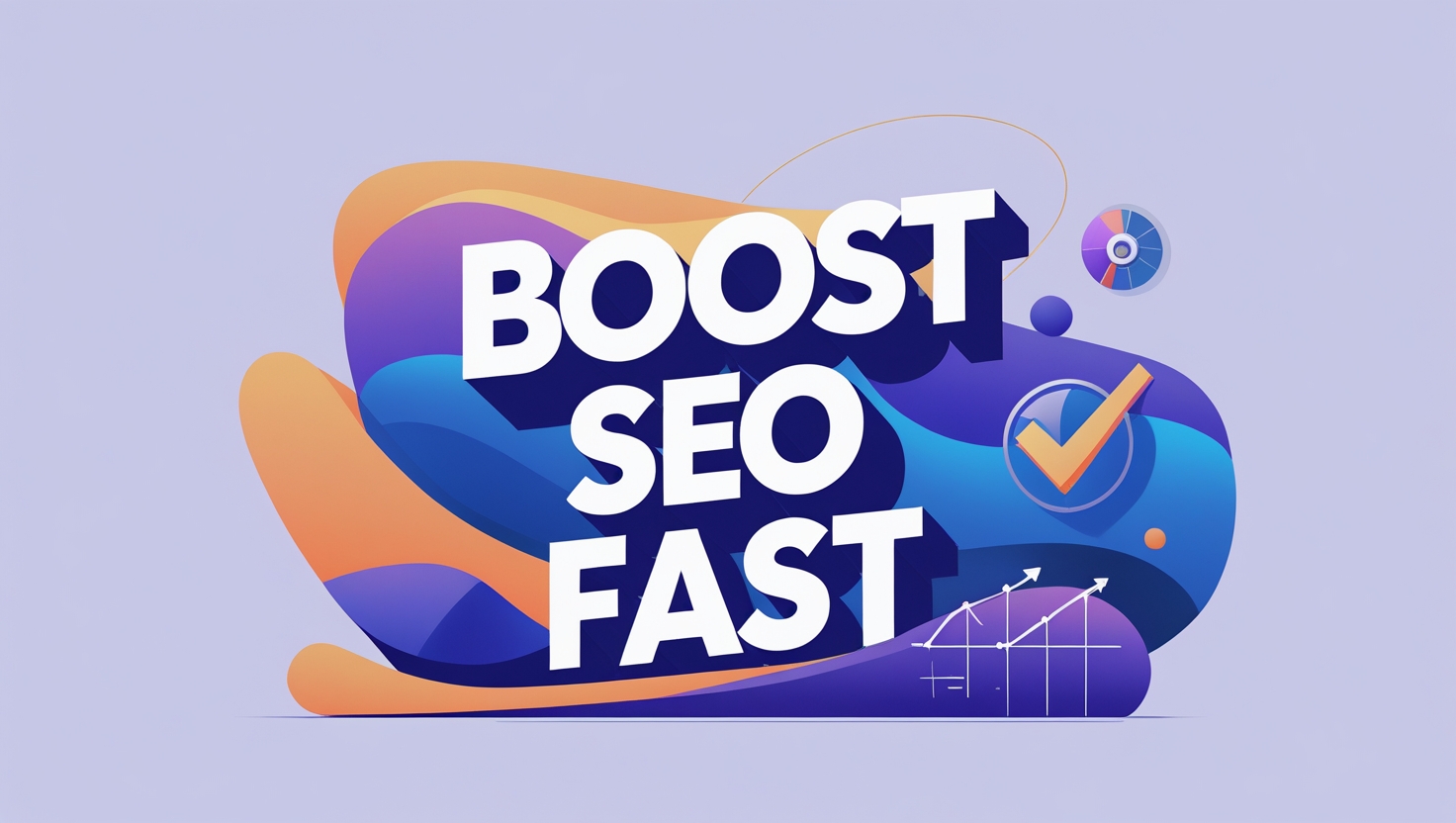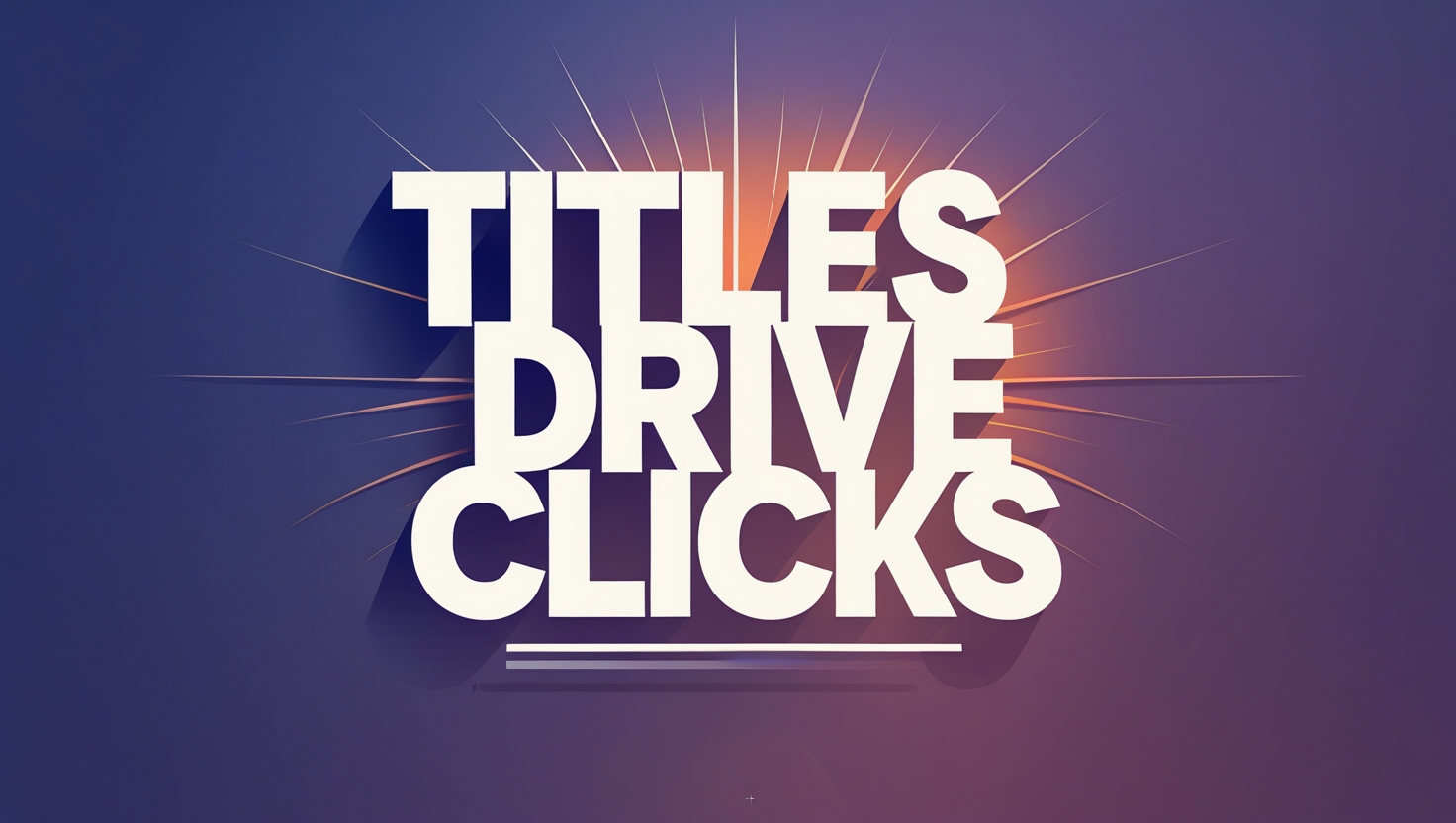16 | Mar
clevpro
16 Mar, 2025
How to Become a Pro Graphic Designer: Master Creativity & Practical Skills

How to Become a Pro Graphic Designer (Without Losing Your Creativity)
Have you ever looked at captivating logos or eye-catching posters then wondered how designers create such wonders? One has to move beyond the misconception that becoming a pro graphic designer relies on mystical artistic abilities because achieving professional status demands disciplined effort. A keen practitioner interweaves creative thinking patterns with persistent intelligent work ethics. The following strategy will help beginners and students who feel trapped in their design path to advance while avoiding exhaustion.
Start by Learning the Basics—Yes, Even the Boring Stuff
People should understand fundamental principles before they attempt complex software operations just like trying to make a cake while being unaware of flour function. Commit sufficient time to study design fundamentals which include color theory alongside typography combined with composition principles. Free learning tools including YouTube educational videos and Skillshare educational services will help users improve their fundamentals. Rephrase simple designs that you find beautiful by trying to replicate them from scratch through the use of fonts and colors and spacing variations. If your budget is limited pick free software such as Canva or Figma alongside standard industry software Adobe Photoshop and Illustrator.
Build a Habit of Creating Daily (Even If It’s Ugly)
Professional designers do not achieve success through passive dependency on inspiration happening on its own. Designer-focused individuals present themselves at work every day regardless of whether their ideas feel running empty. Devote thirty minutes every day to create design work such as social media posts or fake brand logos or book cover reimaging. All projects do not require portfolio-level quality. The objective when practicing is to establish a coordinated connection between your eyes and your hands. You will start noticing repeating successful patterns alongside items that make things feel wrong after long-term practice. And hey, those “ugly” early designs? They’re proof of progress.
Study Other Designers—But Find Your Own Voice
Starting off by copying preferred styles remains perfectly acceptable. Designing retro movie posters represents your design goal right now. Study the creative methods which Saul Bass applied in his use of minimalistic shapes. Obsessed with modern app interfaces? Watch how Airbnb along with Spotify incorporates aesthetic appeal while maintaining usability features. But don’t stop there. Progress to stylistic experiments and unique design additions. Each person has their own preference between bold conflicting color combinations and minimalistic linear drawings. Your individual way of looking at things is the key element that will differentiate you among other field competitors.
Get Comfortable with Feedback (Even the Harsh Kind)
Design remains a personal matter because different people will have varying reactions to your work while accepting that fact is perfectly fine. Post your designs either on Dribbble or Behance or Reddit’s design communities for feedback. Seek particular comments by asking questions that explore brand tone and organization clarity. The painful nature of criticism serves as the most effective method to develop your skills. It is crucial to ask more detailed questions when someone expresses disapproval. Ask why. Your question to them might uncover previously unseen problems in your design.
Create a Portfolio That Tells a Story
Your professional showcase serves as both an exhibition and a professional summary of your work accomplishments. Include 8-12 pieces that showcase range. Show logos together with packaging along with mockups when you aim to focus on branding work. For users who focus on web design elements you should emphasize interactive interfaces alongside user interface designs. Write a narrative description for every project including its main objective. What challenges did you face? How did you solve them? Both clients and employers are equally focused on your working method and final deliverables.
Learn to Sell Your Work (Without Sounding Salesy)
By solving issues designers at the professional level go beyond creating visually appealing designs. Elaborate your design choices to clients by describing your rationale behind selecting particular color schemes and page compositions. The designer selected blue hues specifically for the finance app because they wanted to create trustworthy feelings. Practice performing clear idea presentations to anyone including friends as your practice subject. Your client will feel more comfortable trusting your professional skills once you demonstrate assuredness about your decisions.
Stay Curious and Keep Up with Trends
Design trends shift fast. All three artistic movements including Brutalism and 3D typography and AI-generated art currently dominate the scene but they possess a short shelf-life. You should follow selected design blogs together with podcasts along with Instagram accounts including @designspiration or @abduzeedo. Professionals should test innovative tools including MidJourney for AI ideas and Blender for 3D creation. Timeless design principles exceed trends because they maintain their value in design beyond temporary fashion. Fusion of modern trends should complement practical functionality.
Collaborate and Network Like a Human
The practice of graphic design does not function as an individual activity because it requires teamwork with writers and photographers and developers through mock projects while joining design meetups and online groups. Partner with writers, photographers, or developers on mock projects. Local design group meetings and LinkedIn design communities represent excellent opportunities for professionals to join networked interactions. The sole purpose of networking should be connection development instead of merely exchanging business cards. Join forces with others who will discuss their career paths while supporting one another through their challenges and minor achievements. Seeking connections with potential clients at networking events opens up new opportunities for both a job recommendation and mentorship.
Charge What You’re Worth (Seriously)
Undervaluing your professional services damages both your professional future and the overall field of work. Research which rates are standard for your skill level and geographic location. New professionals should select hourly pay rates or agreed project costs instead of using imprecise "publicity" arrangements. Contracts must include detailed descriptions of the tasks together with revision norms and payment procedures. HoneyBook together with PayPal Invoicing provides novices with professional tools to present themselves credibly from the beginning.
Final Thought: Embrace the Grind
The path to becoming a professional designer avoids direct lines. software crashes together with client no-shows and rejected project ideas will occur during some of your professional days. All roadblocks provide opportunities to evolve. Continued learning along with persistent curiosity combined with an active protection of your creative instincts will lead you forward. The designers you admire? They’ve been where you are. Through consolidation of practice and your willingness to learn you will discover that you have made it to your goal.








